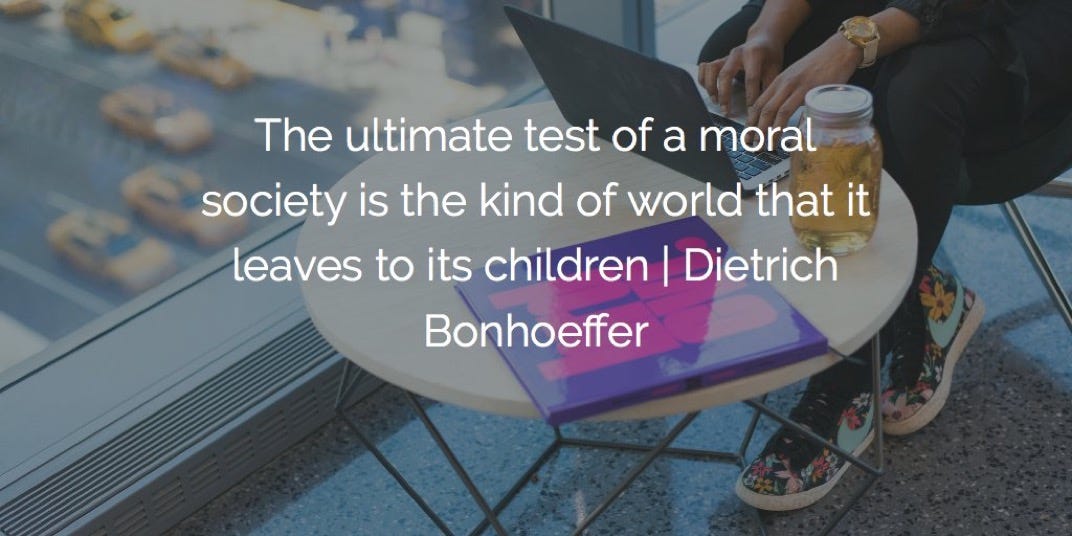As I went to church this weekend, I listened to the visiting speaker talk about issues that divide many churches today. (Don’t tune me out just yet!) Usually what divides people in churches are a matter of preference and not because it’s absolutely essential. Some of the things that divide churches are the kind of music played, or the version of the Bible used from the pulpit, or whether you’re allowed to have a social drink or not. Yet all of these issues are matters of preference.
He illustrated this by using a diagram such as the one below.
When churches have Low Love Low Truth, they are going nowhere because there is little vision or direction.
When churches have High Love and Low Truth, they become too permissive or passive, even though everyone is getting along, nobody really is taking a stand for anything.
When churches have Low Love and High Truth, they tend to become intolerant and judgmental of others, or very legalistic.
When churches have High Love and High Truth, they embody a balance that allows the church to overlook preferences or differences that matter little to the grand scheme of things because there is a Love for one another and a Love for Truth. These churches grow because there is a unity that thrives pulling everyone in the same direction.
So what does a Sunday morning message have to do with school? If you didn’t grow up in a strict legalistic Baptist church as I did, maybe the relevance is lost on you. But I think there are a lot of similarities in how schools operate. Let’s change a few of the terms first. Instead of Love, let’s call it Relationships, and instead of Truth, let’s call it Academics.
When a school operates in the Low Relationships Low Academics quadrant, they are a struggling school. There is tension or division, and the purpose of learning is lost.
When a school operates in High Relationships Low Academics quadrant, they become too permissive and kids are running the school. There is chaos. Standards are absent to hold students and teachers accountable. Learning takes a backseat in these scenarios. When the relationship is everything often what starts with unity ends in a division because the purpose is unclear.
When a school operates in the Low Relationships High Academics quadrant, they tend to become intolerant and judgmental of others who differ with their opinion or ways of doing things. These schools resist change because they are very set in their ways. They are right so why change. These schools are also very punitive towards behaviours or grades because the relationship piece is of little value and academics are everything.
When a school operates in the High Relationships High Academics quadrant, they embody a balance that allows the school to embrace diversity. Differences of opinion are valued and recognized as preferences. Teachers are encouraged to be creative and express themselves however they feel as long as it is in the best interest of the students learning needs. These schools understand that relationship with one another as staff and students is the key ingredient where learning begins. They realize students learn from teachers who care about them as a person first and know how to help them learn. There’s a balance. As a result, these schools thrive, because they move forward together with a common goal in mind.
So what does that mean for us as a school? The desire is for unity not for uniformity. Uniformity demands that everyone believe the same, or agree on everything. That is not realistic. We strive for consensus with the understanding that some will not be in agreement, but they will still work and support the majority. We need to be in agreement on the Code of Conduct, the TQS, Alberta Education Initiatives, Grassland School Division vision and mission, the Division policies, pedagogical practices, assessment, and lots more. These are the essentials.
However, when schools have developed a negative culture where it is acceptable to be critical of one another based on different preferences, these schools rarely move forward with success. Without unity, schools stall. Student learning takes second place because disunity distracts everyone from achieving what they are there to do. High Relationship, High Academic schools respect each other’s opinions without taking it personally, or it becomes a deal breaker for working together. They talk things out honestly and respectfully rather than meet in the hallways to solicit support for their positions because they have a need to be right.
I’m certain that staff at Bassano School want to be a High Relationship High Academic school. But if we focus on our differences, our focus is on each other. If we focus with unity, our focus is on our students, our school, and our communities. It’s not realistic to think we will always agree on how things should be done, but if we agree to respect each other despite our different preferences, we will remain united and be a strong healthy school. When we disagree with one another, it’s important not complain to one another about something because this promotes disunity. A legitimate complaint followed by solutions directed to the appropriate individuals in a respectful manner promotes unity.
I say this not because I feel that we are divided. Every school has its challenges, and overall I think we are pulling together as a staff. I feel a positive energy shift within our school. I would like for us to keep moving forward with unity and harmony. As we have a few new staff joining us next year, we need to be open to new ideas and suggestions they may bring with them. We need to make them feel welcome and important. I know we will do that because we want to be united and we want to grow as a school.

